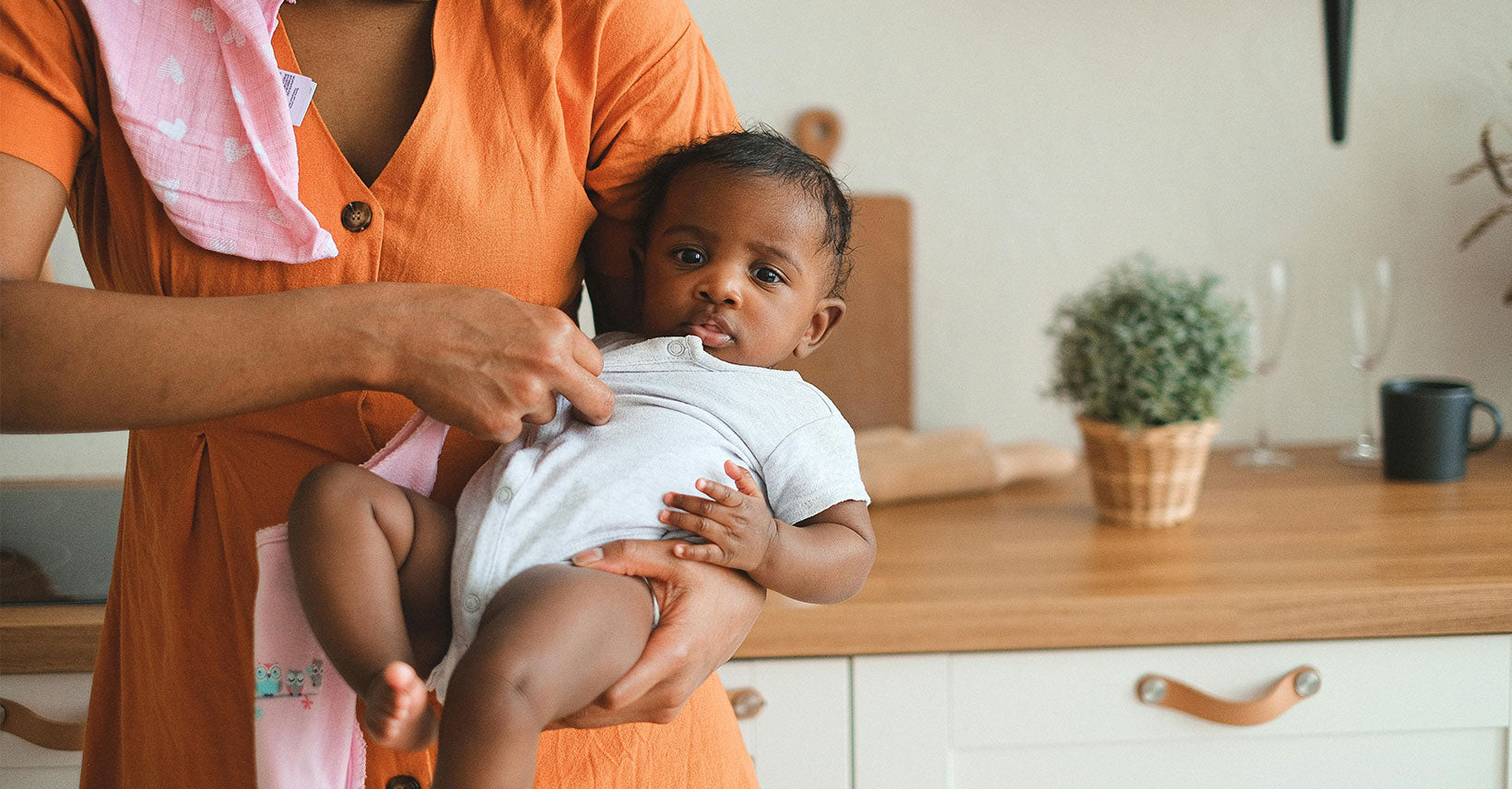


When it comes to babies, poop is something every parent deals with regularly, and it can tell a lot about a baby's health. From the moment a baby is born, their poop will change in color, texture, and frequency as they grow and eat. Knowing what is normal and what is not can help parents reduce their worries.
This guide describes what to expect at each stage and provides some tips on when changes in poop may mean it's time to consult your doctor.
Poop, also known as stool or bowel movements, is the waste that the body expels after digesting food. It consists of water, bacteria, undigested food, and substances that the body no longer needs.
For infants, poop is an indicator of how well their digestive system is working and can also reflect changes in their diet, such as the transition from breast milk to formula or solid foods. The color, consistency, and frequency of poops can vary greatly, especially in the first year, but this is a normal and important part of the body's natural processes.
Baby poop comes in a variety of colors, each of which provides clues to your baby's health. Here are the most common colors and what they mean:
Yellow is a typical color for breastfed babies, especially in the first few weeks. Their skin is usually soft and even a little thin, which is perfectly normal.
Both breastfed and formula-fed babies may have green poop. This may occur when your baby has an upset tummy or is teething. If it only happens once in a while, it's usually nothing to worry about.
When babies start eating solid foods, their stools usually turn brown, similar to adult stools. This shows that their digestive system is adapting to the new food.
For the first few days, your baby will pass sticky black meconium. This is normal at birth. However, if black poop appears after the first few days, it may indicate gastrointestinal bleeding. Parents need to take their baies to visit the doctor for consulting.
Seeing red poop can be worrisome; it could be due to something as simple as a food coloring agent, or it could even be a bit of blood from straining. However, blood in poop is not normal, so it's best to see a doctor if this occurs.
It is not normal to have white or off-white poop, and there may be a problem with the liver or gallbladder. If this color occurs, it is important to see a doctor.
By looking at the color of the poop, parents can get a better idea of whether or not their baby's digestive system is working well or if they need to pay attention to certain issues.

The frequency of poop in newborns can vary, depending largely on whether they are breastfed or formula fed.
Breastfed babies tend to poop more frequently in the first few days, sometimes after every feeding. They usually poop 3 to 4 times a day, but some babies may poop up to 10 times a day in the first few weeks.
On the other hand, formula-fed babies may not poop as frequently as breastfed babies. Generally, they have 1 to 4 bowel movements a day. As your baby gets older, it is normal that breastfed and formula-fed babies may start to have fewer bowel movements, sometimes only once every few days.
As long as your baby seems comfortable, is eating well, and has soft poops, the frequency of poop is usually not a problem. However, if there is a noticeable change, such as no bowel movements for a few days, or if there are signs of discomfort, it is best to see a healthcare professional.
Wiping your baby's bottom correctly is very important to keep the skin clean and avoid irritation. Here are some tips to help you:
Baby wipes are convenient, but it's best to choose wipes that are fragrance-free and alcohol-free to avoid irritating your baby's skin. For a more natural option, wiping with a soft cloth dipped in warm water is also effective.
For girls, always wipe from front to back to prevent bacteria from spreading from the diaper area to the genitals. For boys, this is less important, but wiping from front to back is still a good habit to develop.
After wiping, gently pat dry with a clean cloth. This will keep the skin dry and help prevent diaper rash.
Make sure you clean the skin folds, especially for fatter babies, as poop can sometimes hide in these areas.
If your baby is prone to diaper rash, applying a thin layer of diaper cream after wiping can provide protection.
By following these tips, parents can help keep their baby's bottom clean and healthy.
Understanding your baby's poop can provide valuable information about their health and well-being. While there is a wide range of normal colors, consistency, and frequency of baby poop, paying attention to any noticeable changes can help parents know when there may be a problem.
Regular monitoring, proper hygiene practices, and consulting a doctor when necessary are key to keeping your baby comfortable and healthy. Over time, parents will become more familiar with what is typical for their little ones, making the whole process easier to handle.

Lily Hou
An expert in sleep sack design, is a valued contributor to Kaiya Baby's blog. With a strong background in baby sleep bags and maternal care, she is highly regarded for her professionalism. Lily prioritizes baby comfort and safety in her designs, using high-quality materials. Her insightful articles on sleep bags have been featured in reputable publications and have gained a significant readership. Trust Lily to help you create a comfortable and safe sleep environment for your baby, backed by her proven track record in the industry.
Leave a comment
This site is protected by hCaptcha and the hCaptcha Privacy Policy and Terms of Service apply.